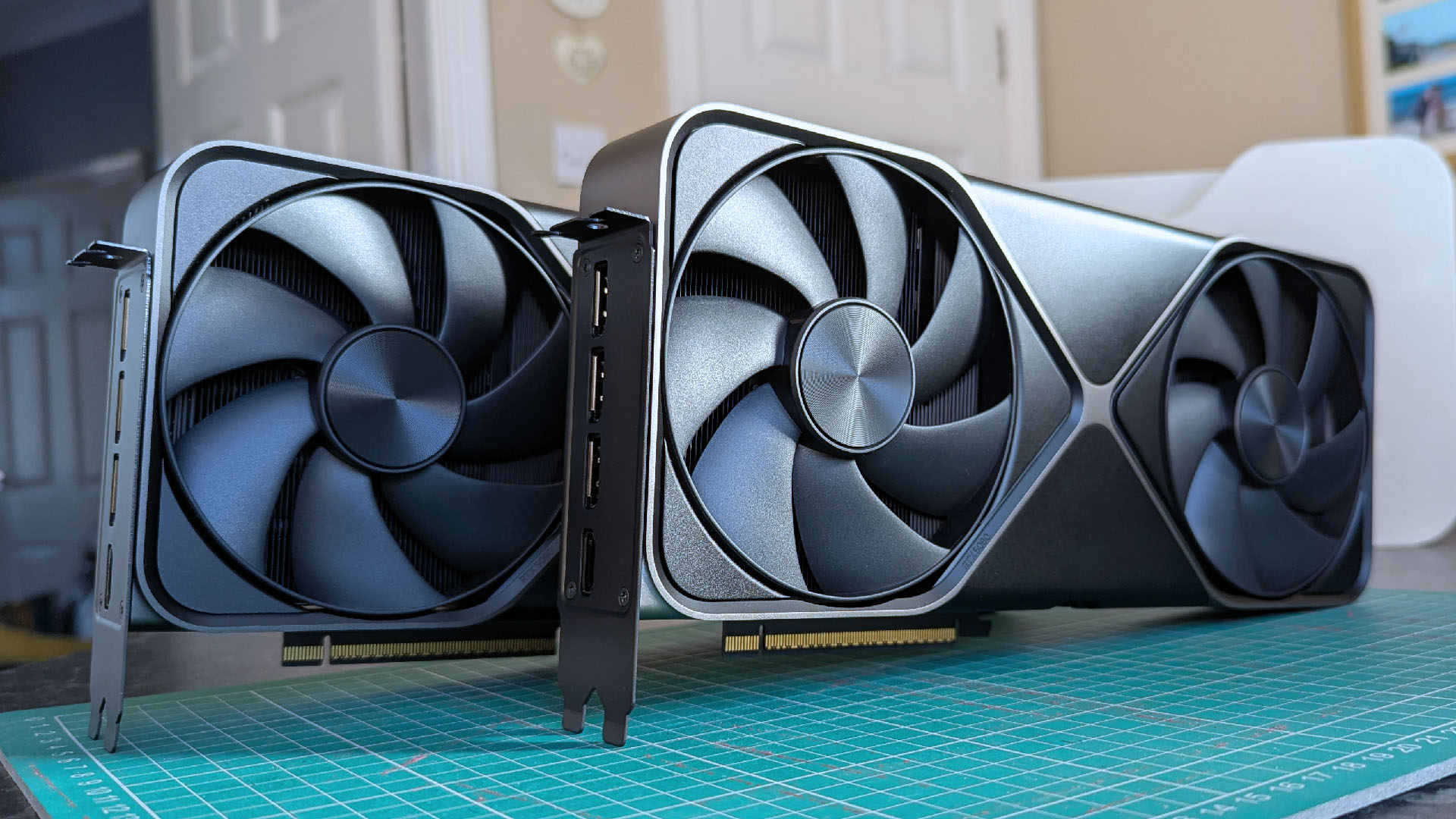
The first of NVIDIA's RTX 5000 GPUs launched on January 30, with the RTX 5070 Ti following up on February 20. As I await the delayed launch of the RTX 5070, I sat back to take a look at all of the issues plaguing NVIDIA's launch.
I'm not here to convince you not to buy an RTX 5000 GPU. You can spend your money any way you want. I am, however, attempting to quell some of the demand by laying out some very good reasons why you shouldn't invest in NVIDIA's latest hardware, at least right now.
For those who have their money ready and can't wait to land the latest RTX 5000 hardware, I've also included some positive points to help you convince yourself that your $1,000+ is better off going towards a new leather jacket for NVIDIA's CEO.
5 reasons not to buy an NVIDIA RTX 5000 GPU
Trying to convince yourself that you don't need one of NVIDIA's latest RTX 5000 GPUs? The reasons are, frankly, low-hanging fruit. NVIDIA hasn't done itself any favors with its early 2025 launch, and there are some big considerations to make before buying.
1. NVIDIA's pricing — What happened to MSRP?
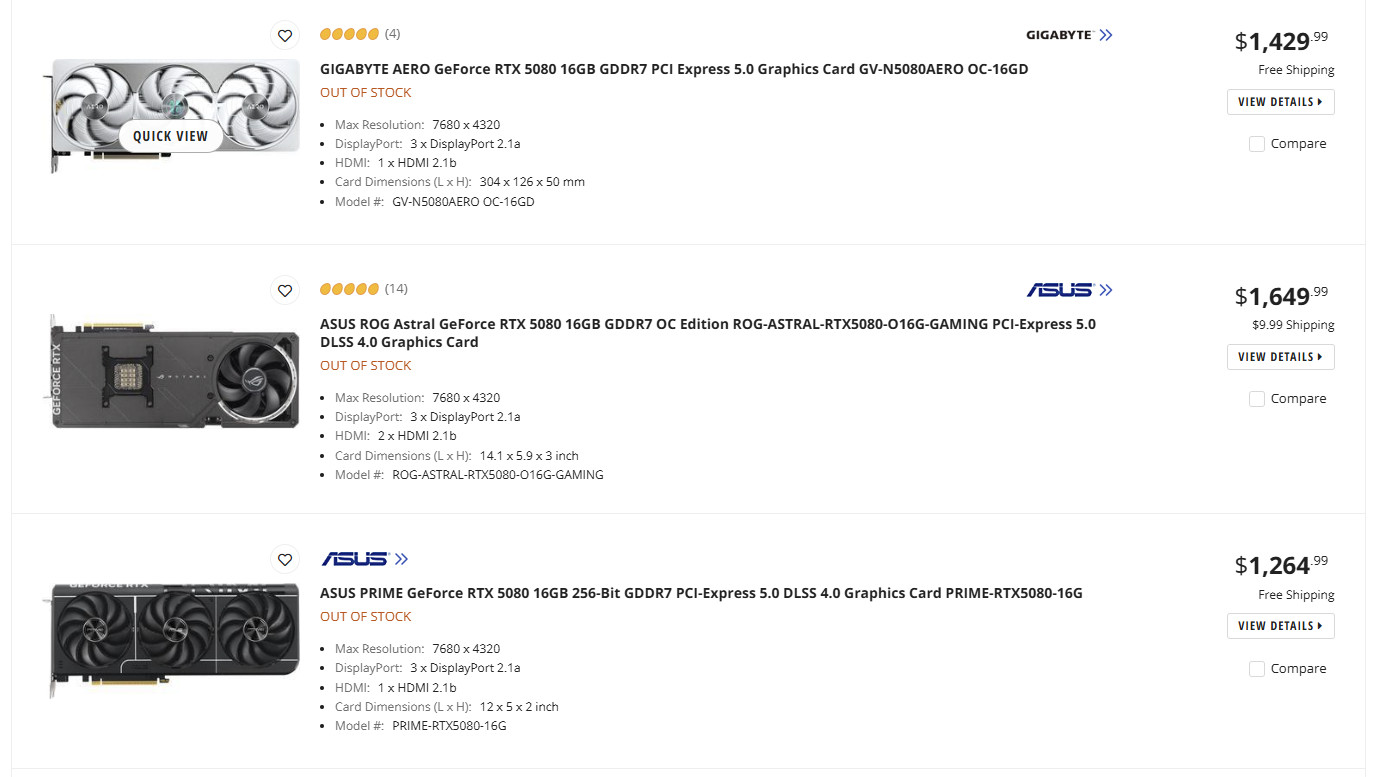
NVIDIA's RTX 5000 GPUs — or at least everything except the RTX 5090 — were introduced with tempting MSRPs.
- NVIDIA GeForce RTX 5090: $1,999 MSRP
- NVIDIA GeForce RTX 5080: $999 MSRP
- NVIDIA GeForce RTX 5070 Ti: $749 MSRP
- NVIDIA GeForce RTX 5070: $549 MSRP
Unfortunately, it has quickly become apparent that buying an RTX 5000 GPU at MSRP is but a dream achieved by a lucky few people.
Poor stock availability — I've seen it blamed on a lack of notice from NVIDIA to its manufacturers, as well as poor timing due to the Chinese New Year/Spring Festival — is the main culprit.
Get the Windows Central Newsletter
All the latest news, reviews, and guides for Windows and Xbox diehards.
While NVIDIA's Founders Edition cards stick to the company's suggested pricing, many third-party cards launched with a higher price. That in itself is not out of the ordinary; traditionally, third-party cards from NVIDIA's partners have offered a range of features and pricing.
However, the effect seems to be a lot more pronounced this time around. If you do happen to find an RTX 5000 GPU in stock at a trusted retailer, chances are it's not going to sell for the MSRP.
A quick look at Newegg's selection of RTX 5080 GPUs — with that $999 MSRP — has prices beyond $1,600. Looking at Best Buy for the $749 RTX 5070 Ti (which has no Founders Edition) shows prices at up to $980.
Scalpers aren't making the situation any better, and you can be sure to overpay the most by finding a private sale.
2. Melting power cables — Worth the risk?
It didn't take long after the RTX 5090's launch for early adopters to report melted 12VHPWR cables. It's an issue NVIDIA has had in the past with its RTX 4090, so it's not like the company was taken off guard.
Not only does the problem pose a risk to your PC hardware — cables, GPUs, and PSUs have all been spotted with melted plastic and worse — it's also a major fire risk and a threat to your well-being.
Youtuber der8auer made a great analysis video that highlights the issue. In the video, he comes to the conclusion that only NVIDIA is to blame, stating, "RTX 40 and RTX 50 cards have no way to tell how much current is flowing across which of the pins."
This leads to too much power being sent across certain pins, which aren't rated high enough to handle the load. Things start to melt down.
So far there's not really an answer as to what can be done to safeguard against melted hardware and a major fire risk. Even high-quality power cables have been spotted melting. If you want to avoid the problem entirely, skip the RTX 5090 until NVIDIA figures out a solution.
3. No 32-bit PhysX support — Do you enjoy certain well-aged games?
NVIDIA dropping 32-bit PhysX support in its RTX 50-series GPUs isn't a big deal for most people. That doesn't mean it isn't a big deal for some people.
The lack of anything by way of a PhysX translation layer (if that's possible at all) for the reworked Blackwell CUDA cores means you won't be able to properly enjoy all that certain well-aged games have to offer.
Without a compatible GPU, the PhysX workload is shuttled to the CPU, which is unequipped to properly deal with the task. Performance suffers significantly, to the point where it's better to disable the effects. Yes, you can continue to play the games, albeit without the added PhysX features.
Standout titles with PhysX effects include Borderlands 2, Batman: Arkham games, the original Metro games, and Mirror's Edge.
This won't be a dealbreaker for everyone, but if your favorite game is impaired when using an RTX 5000 card, it only makes sense to go for an older NVIDIA GPU (40-series and back still handles 32-bit PhysX).
4. Missing ROPs — Is your RTX 5000 GPU complete?
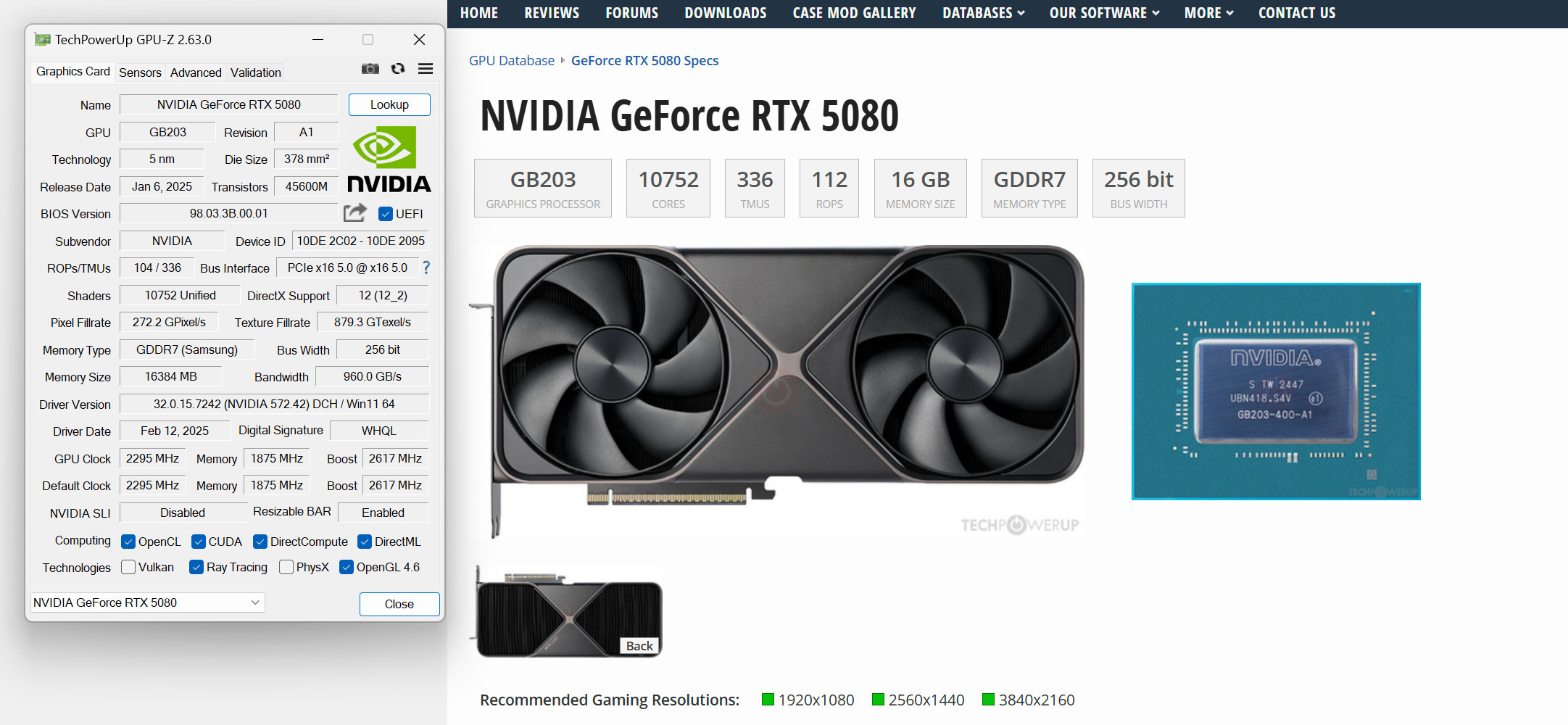
NVIDIA was quick to address reports of missing ROPs in a small number of its RTX 5090, RTX 5080, and RTX 5070 Ti models — all Blackwell GPUs so far released — and it has stated that affected buyers must contact board manufacturers for a replacement.
However, it remains to be seen how smooth the process will be as seemingly every board manufacturer is already struggling to put any GPUs at all on shelves.
ROPs — aka Render Output Units or Raster Operations Pipeline — are a crucial part of the GPU, and it's a number that should not fluctuate at all between cards. I wonder how many people will never spot the defect.
NVIDIA claims it has solved the chip manufacturing issue that led to the missing ROPs, but there are bound to still be some cards en route with a similar issue. What happened to quality control?
5. Mild performance gains — Is it worth it if you have an RTX 40-series GPU?
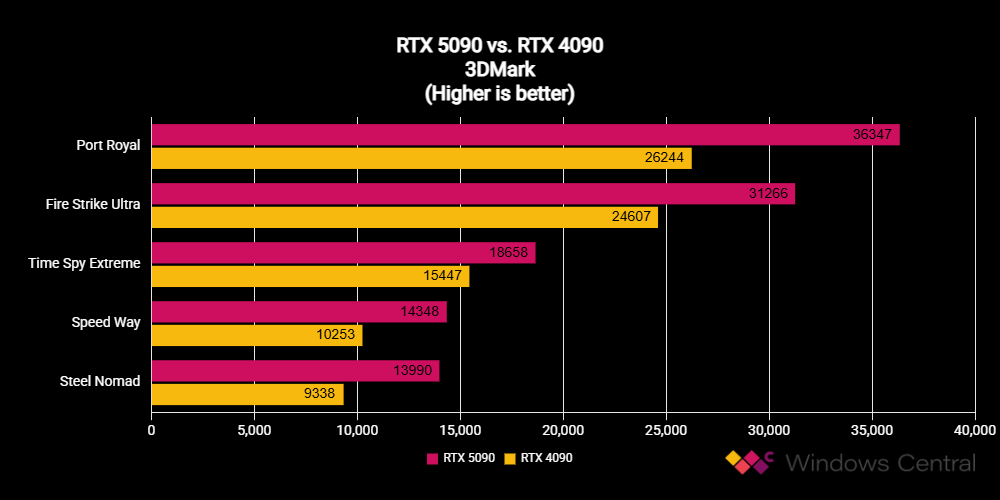
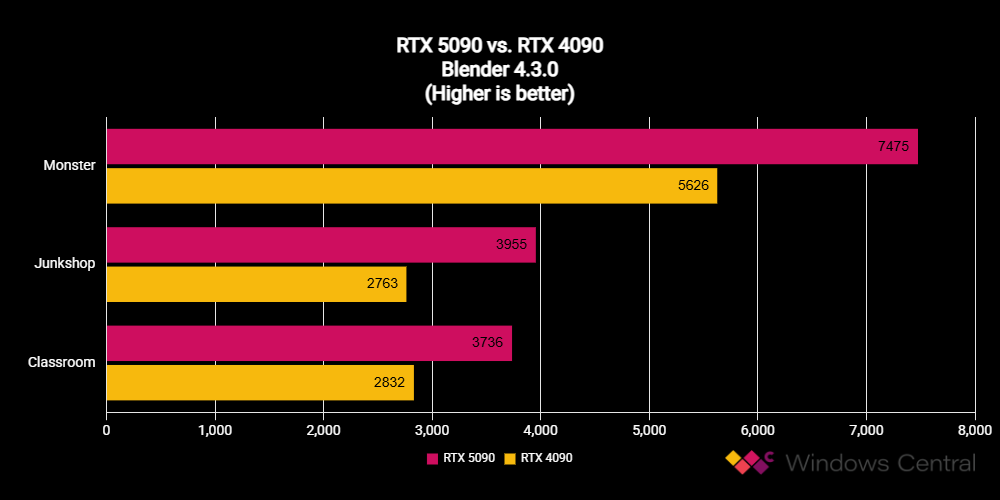
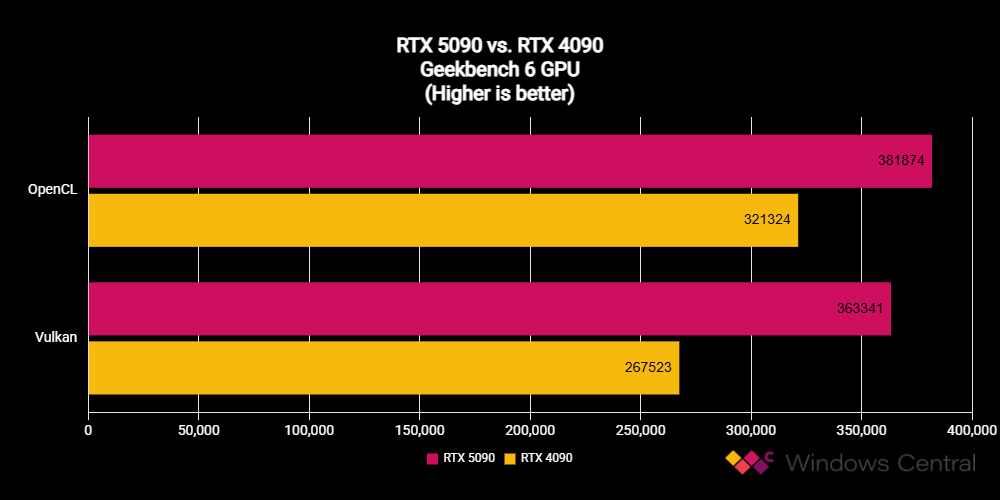
NVIDIA's RTX 5000 GPUs are more powerful than their direct predecessors. If that's all you need to know, go forth and attempt to buy. However, the new GPUs aren't suited for everyone.
Windows Central Senior Editor Ben Wilson reviewed the RTX 5090, in which he notes:
Still, I maintain that nobody needs it for gaming — again, that's where the RTX 5080 acts as the high-end pick. Nevertheless, it's a gorgeous redesign that slims down a previously gigantic monster into something much more sleek and convenient but comes at the cost of increased temperatures and a significantly higher power draw. DLSS 4 is great tech, but it's not enough to tempt away from an RTX 4090, especially if NVIDIA ports it back to the 40 Series.
Wilson also reviewed the RTX 5080, stating:
The RTX 5080 Founders Edition should be 60% cheaper than a previous-gen flagship MSRP, the RTX 4090 FE. However, the reality of finding the latter at anything under $2,500 would be considered extremely lucky, so it's more like a saving of around 150%. So, while it runs at a 14% deficit in gaming, you're saving around $1,500 for the trade-off to access DLSS 4 upscaling and frame generation benefits that combine with NVIDIA Reflex to eliminate noticeable input latency.
The RTX 5080 ultimately performs at about the same rate as the RTX 4080 Super, which has the same $999 MSRP (if you can find it). The RTX 5070 Ti, which we didn't receive for review, performs at about the same rate as an RTX 4080.
What I'm hinting at is that you don't necessarily need to buy an RTX 5000 GPU to get the same level of performance. RTX 4000 GPUs are getting hard to find, especially at a reasonable price, but you might get lucky with some savvy shopping.
NVIDIA is hoping to draw enthusiasts in with DLSS 4's Multi Frame Generation (MFG), a feature (so far) exclusive to RTX 5000 GPUs. It's rumored that MFG will arrive on older cards at some point, further reducing the appeal of the newer hardware.
Keep in mind that AMD is expected to reveal its Radeon RX 9000 series GPUs on February 28, 2025, with an "early March" launch in the works. If the cards can compete with NVIDIA's mid-range offerings, the RTX 5070 Ti and RTX 5070 won't look nearly as appealing as they do right now.
3 ways an RTX 5000 GPU makes sense
My goal here isn't to convince you not to buy an RTX 5000 GPU. I'm simply pointing out reasons why you should save your hard-earned money until the market settles down and NVIDIA irons out some of the issues seen at launch.
👉 Where to buy NVIDIA's RTX 5090 and RTX 5080
👉 Where to buy NVIDIA's RTX 5070 Ti
I know some enthusiasts don't want to wait any longer, no matter the price or the struggle to find availability. If that sounds like you, I have three reasons why it makes sense to buy an RTX 5000 GPU to help convince you that you're making the right decision.
1. You're more than a few generations between upgrades
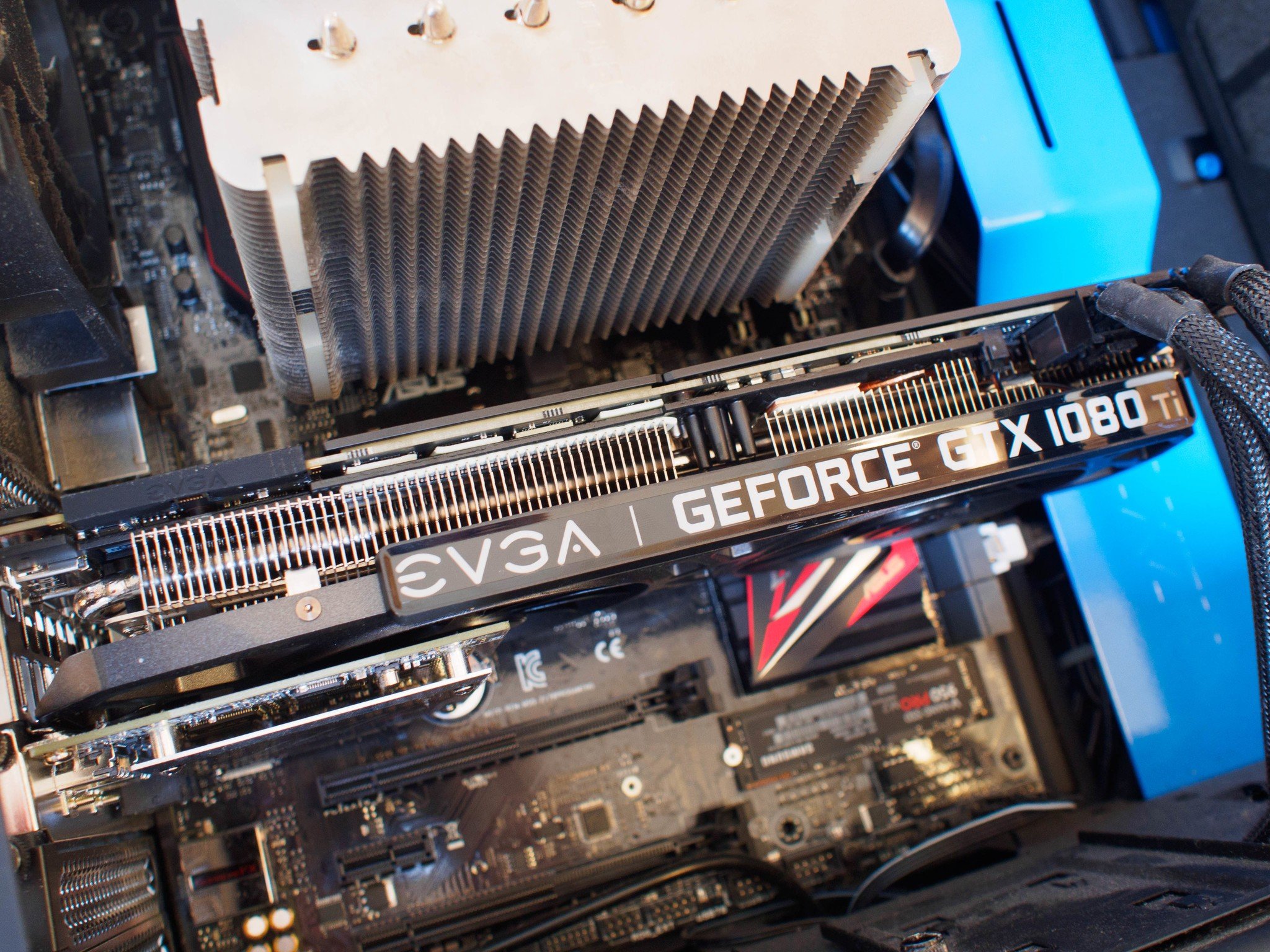
No matter how close RTX 5000 performance comes to older RTX 4000 GPUs, the reality is that the newest hardware is the most powerful stuff on the market right now.
I'm currently working with an AMD Radeon RX 6800, and the gains from an RTX 5000 GPU are very tempting. The same goes, I'm sure, for anyone who has an RTX 30-series or older NVIDIA card in their gaming PC.
Considering RTX 4000 prices don't seem to be getting any lower, especially as stock thins out, the RTX 5000 lineup no doubt makes sense for a lot of people. You'll have to come to terms with the high costs, but if you have the dough you should be setting yourself up nicely for years to come.
2. You want as many frames as possible and don't care how they're made
NVIDIA's DLSS 4 Multi Frame Generation (MFG) is kind of a big deal in the gaming world. It's a major breakthrough that allows the updated "Blackwell" CUDA cores to rely more heavily on AI-created frames than ever before.
Where your GPU has to work to create one frame, MFG can then create multiple extra frames. This can significantly improve frame rates in games that support the feature.
MFG is the main reason why NVIDIA was allowed to claim the RTX 5070 performs as well as the RTX 4090 at its CES 2025 presentation. It wasn't lying, either. It just wasn't upfront with what was going on behind the claim.
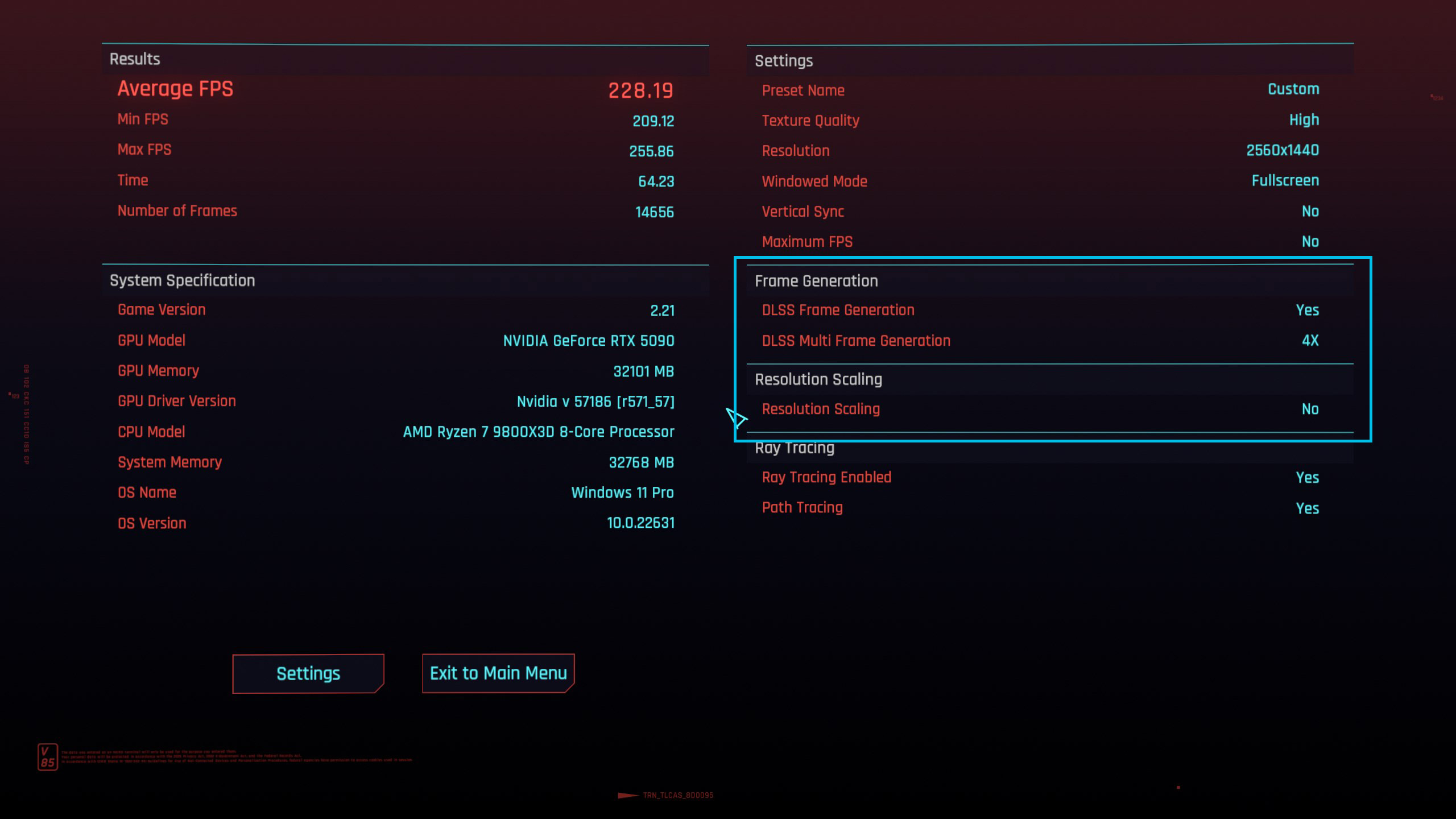
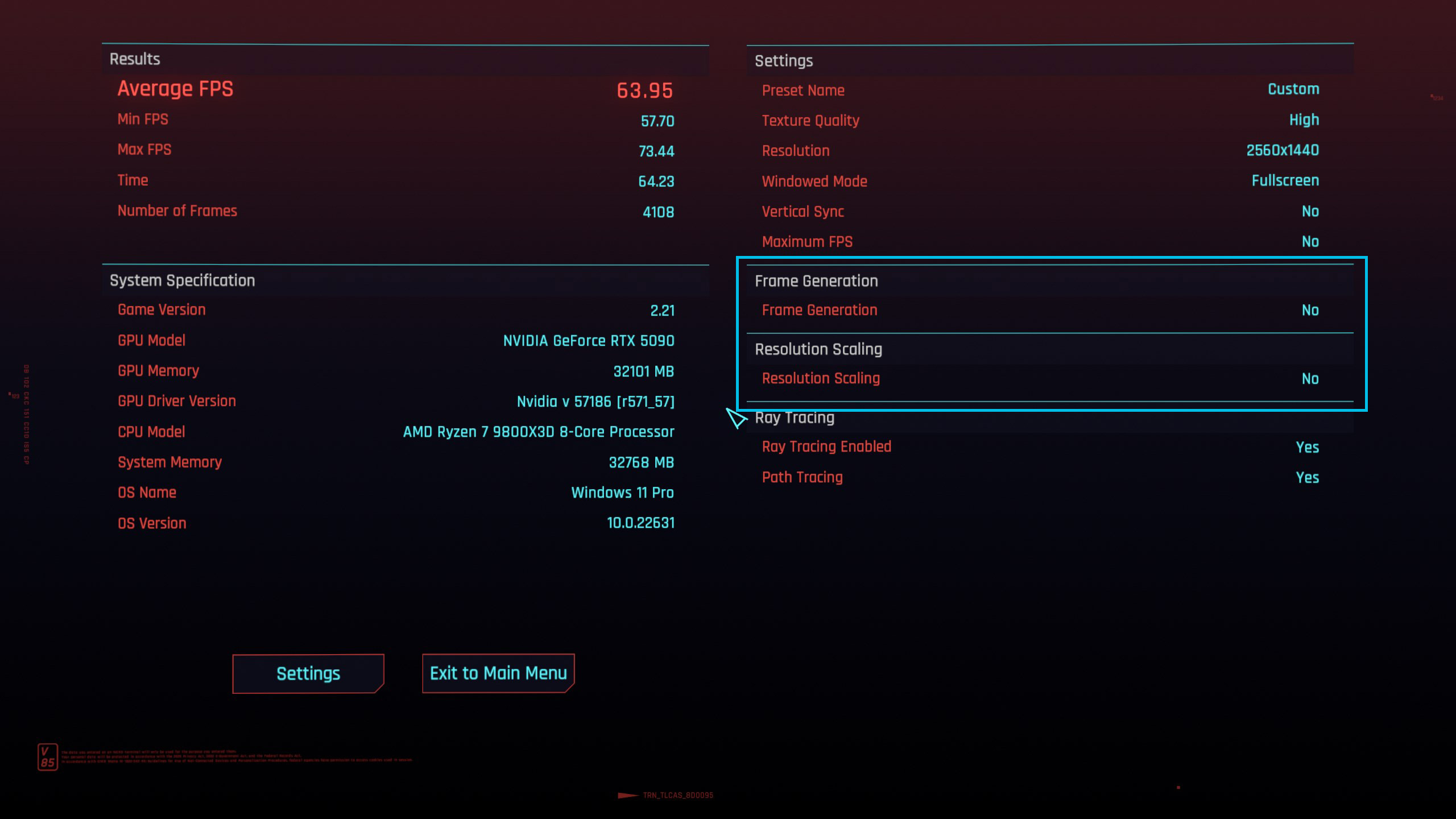
As tested in our RTX 5080 review, the average FPS in Cyberpunk 2077 — without MFG enabled — hit about 64 FPS. With MFG enabled, performance climbed to 228 FPS. That's frankly incredible, and I applaud the NVIDIA engineers who cooked it up.
There's been plenty of pushback on the subject, with lots of people calling these "fake frames." But, as Ben Wilson discovered, "Cyberpunk 2077 doesn't exhibit any noticeable input delay with NVIDIA Reflex enabled."
If there's no major drawback, does it matter how the frames are created? DLSS 4's MFG feature is, so far, only available on RTX 5000 GPUs, but that could change in the future. For now, you'll need the latest hardware to see those triple-digit frame rates.
3. You want the most powerful GPU on the market ... period
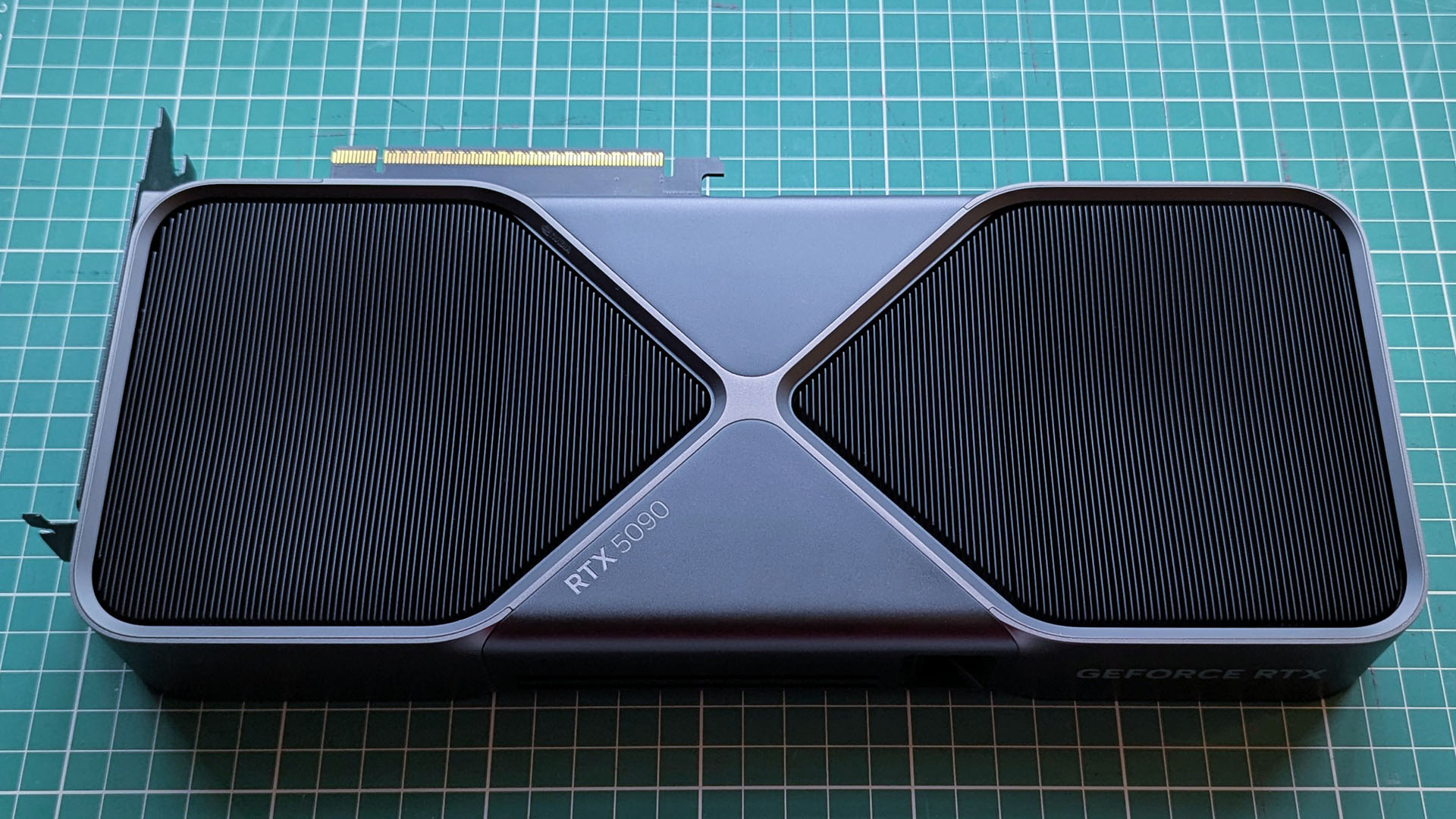
I'm eagerly awaiting the official announcement of AMD's Radeon RX 9000 GPUs. The RX 9070 XT and RX 9070 could come out of the gates matching (or outperforming) the mid-range NVIDIA cards, which would only benefit the GPU market as a whole.
However, AMD's new Radeon RDNA 4 hardware isn't expected to compete with the RTX 5080 and RTX 5090. In the same vein, Intel is focused on the low end of the market with its impressive "Battlemage" cards designed for 1440p gaming.
If you want to have the most powerful GPU on the market, you'll have to stick with NVIDIA's RTX 5090.

Cale Hunt brings to Windows Central more than eight years of experience writing about laptops, PCs, accessories, games, and beyond. If it runs Windows or in some way complements the hardware, there’s a good chance he knows about it, has written about it, or is already busy testing it.
You must confirm your public display name before commenting
Please logout and then login again, you will then be prompted to enter your display name.



